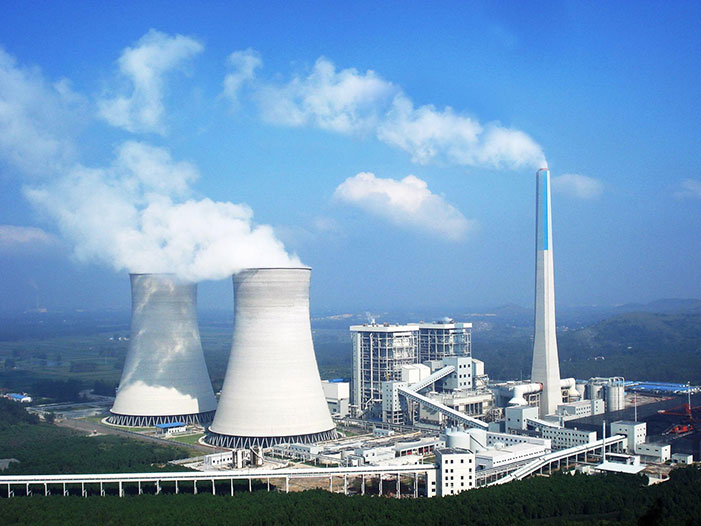Global focus on desulfurization in power plants
11 Feb.,2025
The desulfurization technology of power plants will continue to be optimized and innovated. In the future, we look forward to the emergence of more efficient, environmentally friendly, and economical desulfurization technologies, making greater contributions to protecting the environment and improving air quality.

Power plant desulfurization refers to the removal of sulfur dioxide (SO2) from the flue gas emitted by coal-fired power plants through a series of technological means, in order to reduce pollution to the atmospheric environment. This technology is of great significance for improving air quality and protecting the ecological environment. With the increasing awareness of environmental protection, power plant desulfurization has become a widely concerned focus worldwide.
The desulfurization technology of power plants mainly includes several types such as wet desulfurization, dry desulfurization, and semi dry desulfurization. Among them, wet desulfurization is widely used due to its high desulfurization efficiency and mature technology. During the wet desulfurization process, the flue gas reacts with the desulfurizer through sprayed water mist to generate substances such as sulfates, thereby achieving the purpose of desulfurization. At the same time, the generated wastewater must be treated to meet the standards before being discharged.
The implementation of desulfurization technology in power plants plays a significant role in reducing atmospheric pollutant emissions and improving air quality. According to statistics, power plants implementing desulfurization technology can reduce sulfur dioxide emissions by about 80%. This is of great significance for alleviating acid rain, protecting the ecological environment, and maintaining human health.
However, the promotion and application of desulfurization technology in power plants also face some challenges. Firstly, the investment in desulfurization equipment is relatively large and the operating costs are high, which brings certain economic pressure to the power plant. Secondly, the wastewater and waste generated during the desulfurization process need to be properly treated, otherwise it may cause secondary pollution. In addition, some power plants have problems such as poor management and unstable operation during the operation of desulfurization equipment, resulting in a decrease in desulfurization efficiency.
With the continuous advancement of technology and increasingly strict environmental requirements, power plant desulfurization technology will continue to be optimized and innovated. In the future, we look forward to the emergence of more efficient, environmentally friendly, and economical desulfurization technologies, making greater contributions to protecting the environment and improving air quality.
